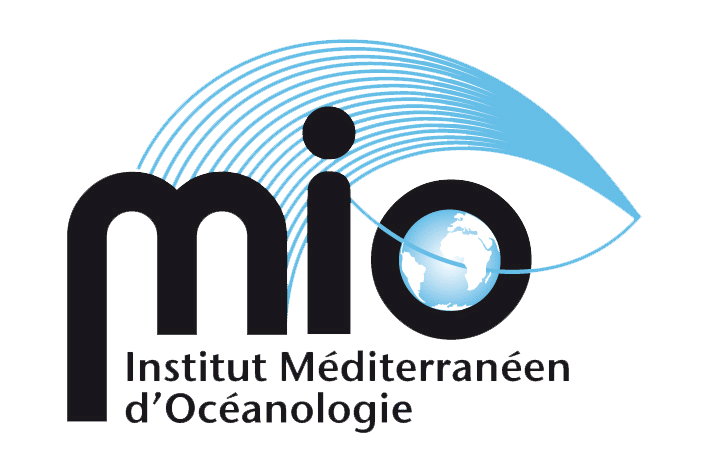Flora Drouet will present her thesis on Tuesday 17 December 2024 à 14h30 at Amphithéâtre W300 on the La Garde Campus.
On the following subject: Trophic organisation and ecological functioning of the Functional Types of Plankton: application to THg transfers in the planktonic continuum of two coupled coastal ecosystems, differently impacted by anthropogenic activities (Bay of Toulon, north-western Mediterranean, France)..

Composition of the Jury
Ms CHARMASSON Sabine, Research Executive, IRSN - Rapporteur
Mr STEMMANN Lars, Professor, LOV, Sorbonne University - Rapporteur
Ms MAZZOCCHI Maria Grazia, Senior Scientist, Stazione Zoologica Anton Dohrn - Examiner
Mr Debroas Didier, Professor, LMGE, Université Clermont Auvergne - Examiner
Mr KNOERY Joël, Research Executive, CCEM, Ifremer - Examiner
Ms JAMET Dominique, Senior Lecturer, MIO, University of Toulon - Co-supervisor
Mr BRACH-PAPA Christophe, Research Executive, LERPAC, Ifremer - Co-supervisor
Mr JAMET Jean-Louis, Professor, MIO, University of Toulon - Thesis supervisor
Summary
It is essential to characterise the planktonic compartment in its entirety in order to understand its organisation, how it functions and its influence on the trophic transfer of contaminants. This study was carried out in the Bay of Toulon, a model of anthropised ecosystems, and was based on two distinct approaches carried out in parallel. The first involved characterising the structure and dynamics of the planktonic continuum. The second studied its trophic organisation and its influence on THg transfers. The originality of this study lies in the detailed taxonomic characterisation of the planktonic material collected by horizontal net lines and separated into size classes. The use of PFTs enabled us to propose a functional organisation of the planktonic compartment and to gain a better understanding of the mechanisms involved in Hg transfers. The integration of THg into planktonic food webs was mainly due to adsorption phenomena at the surface of the smallest fractions made up of phytoplankton PFTs; whereas for the largest fractions, made up of zooplankton PFTs, Hg transfers seemed to depend more on trophic relationships and feeding strategies specific to the PFTs.




